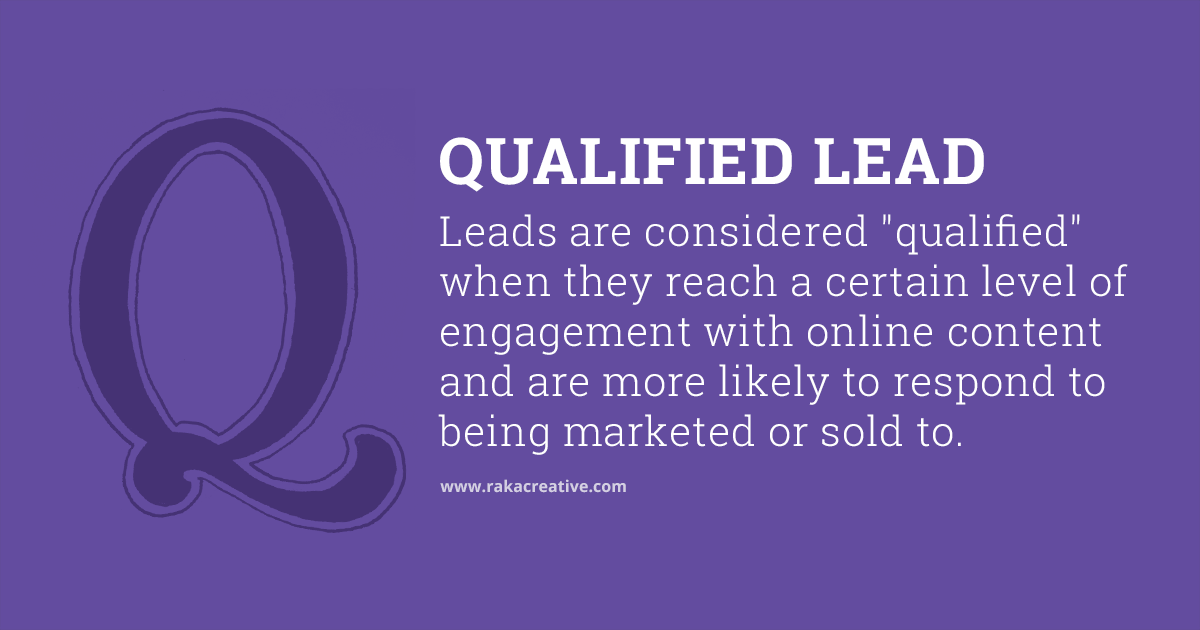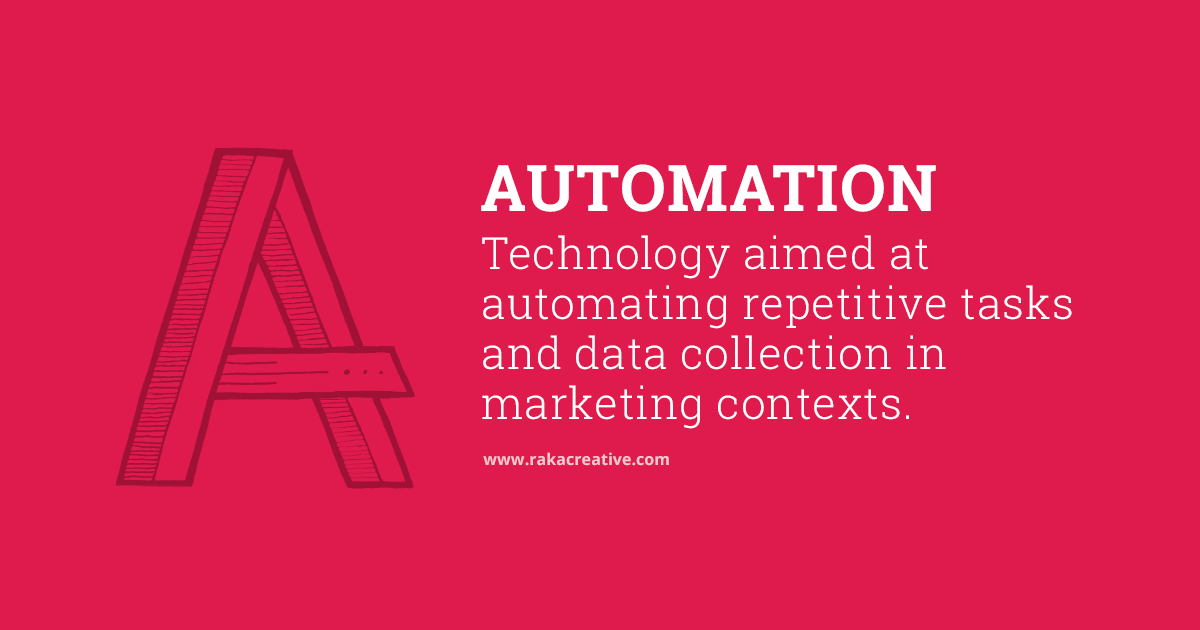Welcome to the Raka Weekly Roundup, where we cover the week’s news and trends and tell you exactly what you need to know. This week, we take a look back at some of the biggest marketing trend predictions of 2018 and see how they’ve held up so far.
Every major digital marketing publication makes predictions at the end of the year about what will happen in the next—including yours truly. Even though the year isn’t over, we thought we would take a look at what has come to fruition thus far, what might still be on the horizon, and what we think was simply a shot in the dark.
Artificial intelligence
Prediction: AI is just getting started in marketing. You ain’t seen nothin’ yet!
AI (artificial intelligence) is still pretty green in the world of digital marketing, but those in the know could see its potential for changing how we do things in every aspect of our digital lives and knew it was coming soon. Turns out they were right!
Reality: AI is taking the world by storm
We’ve already seen that Google is putting AI to work with the launch of Google Ads allowing advertisers to combine their strategy with Google’s machine learning to help deliver more relevant, valuable ads, but that’s just the tip of the iceberg. Google is integrating AI into all areas of their business, and as a major influencer in the digital world—and, well, the non-digital world too—we can expect to see others following their lead.
They even have a dedicated website to educate the world on what AI is, how it can help make the world a better place, and what to look forward to in the coming months and years.
Chatbots
Prediction: Chatbots will gain the attention of more businesses
First, let’s look at the definition of a chatbot. Essentially, a chatbot is a computer program that automates certain tasks by chatting with a user through a conversational interface either by text or speech. Sounds like a thing businesses would be all over, but what’s the real status of this prediction?
Reality: Chatbots are slowly becoming businesses’ best friends
The intention of a chatbot is to bridge the gap between businesses and consumers to help consumers find what they want quickly without a live person needing to get involved. Businesses can increase their sales and/or customer service by utilizing chatbots smartly. Chatbots emerged a few years ago on platforms like Facebook and have since found their way to sites like 1800flowers, Sephora, and Disney.
Some businesses have been slow to adopt the technology, however, mostly because some bots have been slow to show their value. So do businesses really need this type of technology?
According to a study done by Facebook, it appears it would be in their best interest.
- 2 billion messages are sent between people and businesses monthly
- 56 percent of people would rather message than call customer service
- 53 percent of people are more likely to shop with businesses they can message
If you’re curious how your business can utilize chatbots to improve your marketing efforts, you might want to check out this webinar, How Chatbots Can Build a More Efficient Marketing Funnel, hosted by Drift and SproutSocial because it looks like they are here to stay.
Influencer marketing
Prediction: Influencer marketing will skyrocket
At the end of 2017, influencer marketing was the new hotness. Names and faces of ordinary people became extraordinary as they figured out a niche on social media, mastered it, viewers came flocking, and businesses noticed. Businesses were already utilizing the extraordinary followings of a lot of celebrities, but teaming up with these everyday people was just another way to reach the markets they wanted to reach and everyday influencers were easily pulling in six figures a year just for posting a picture on Instagram or a video on YouTube. Crazy!
Reality: Influencer marketing is still hot, but companies are proceeding with caution
It’s true, influencer marketing has grown, but it’s also got companies on alert. In June of this year, Unilever called foul as they realized a lot of these social media followers were fake. Imagine that. In the era of fake news, we have fake followers. Influencers were essentially buying followers to beef up their status and their income. It’s tough to say if more companies will pull the plug on this type of marketing, but guaranteed they will be proceeding with caution.
Podcasts
Prediction: Businesses will add podcasts to their marketing mix
When we wrote our predictions in 2017 for what was coming in 2018, we found that according to HubSpot 2017 Marketing Statistics, 11 percent of marketers planned to add podcasting to their marketing efforts in the next 12 months. Raka has jumped on that podcast train and will be launching ours soon. Stand by.
Reality: Businesses are turning to podcasts to reach more customers
Radio advertising in the US is expected to remain relatively flat through 2021, but podcast advertising spending is expected to double during this same period. What makes podcast advertising so attractive to business owners? They’re able to hyper-target their audience and podcasts provide SEO benefits since they link back to the show’s website. That’s just the advertising portion. Businesses who launch their own podcast have the ability to control the process from beginning to end, and utilize advertising to increase the reach for both the podcast and their company. Makes perfect business sense.
Video marketing
Prediction: The use of video in marketing will reach new heights
Using video in a business’ marketing plan isn’t new, but the growth of it is according to HubSpot.
- Video is projected to claim more than 80 percent of all web traffic by 2019.
- Adding a video to marketing emails can boost click-through rates by 200-300 percent.
- Embedding videos in landing pages can increase conversion rates by 80 percent.
- 90 percent of customers report that product videos help them make purchasing decisions.
- And according to YouTube, mobile video consumption grows by 100 percent every year.
These numbers show the importance of incorporating video into your digital marketing strategy and why you’d be crazy not to.
Reality: Video is getting the eyeballs brands need to boost their business
According to Livestream, 80 percent of people would rather watch live video from a brand than read a blog, and 82 percent prefer live video over social posts. The integration of live video in social marketing platforms that companies are already utilizing, such as Facebook and Instagram, makes adding video to the mix that much easier.
That’s it for today’s roundup. If you’d like to talk about these trends, or need help getting any of these marketing initiatives off the ground, reach out to us!





